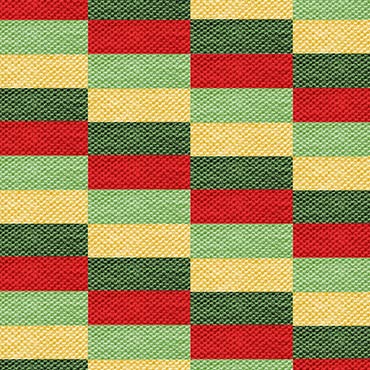Creating a Short Documentary
 Wikipedia defines documentary films as “a broad category of non-fiction motion pictures intended to document some aspect of reality, primarily for the purposes of instruction or maintaining a historical record.”
Wikipedia defines documentary films as “a broad category of non-fiction motion pictures intended to document some aspect of reality, primarily for the purposes of instruction or maintaining a historical record.”
This definition falls short. Documentaries do more than just ‘document’: they tell stories…really good stories.
One way to begin your research into creating a documentary is to find a question about your topic that you want to answer. The question can be as simple as ‘Who is Benedict Arnold?’ or as specific as ‘What made Benedict Arnold betray his country?’ Those two questions will yield two different documentaries. It’s often the question, and your search for the answer to that question, that makes for a good documentary.
Below are some tips about the process of researching and creating a good documentary.
Step 1: Choose Your Topic (And Its Limits…)
There are a few important questions to ask about the topic that you have chosen before you get going. Here is a sample train of thought.
1) What is your topic?
The history and current use of standardized testing in US public schools
2) What part about this topic do you hope to cover? What is the question that you want to answer?
In a 3-minute documentary, I hope to cover the changes in testing in public schools. When did standardized testing start? Why? What was it like before? Most importantly, I hope to answer this question: do we know if standardized testing is helping to deliver the best education possible?
3) Is there enough information on this topic? Remember that you need to find visual material to tell your story. So, a) is there enough existing visual material; and b) what new visual material can I create with the video camera?
Yes. I found two books, three interviews on YouTube and some articles from Harvard’s Graduate School of Education that covers this topic. I have reason to believe I will be able to find more information from college professors in town, whom I will shoot in a live interview.
4) What is the tone of your documentary? How will you convey that tone?
I want my documentary to be informative, yet interesting. Since test-taking is often perceived as dry, I will try to adopt a playful tone so that I can engage the viewer with this topic in a new way.
Step 2: Bookworm It Up (Research)!
There is so much information out there from so many different sources—magazines, newspapers, news shows, podcasts, books, etc. However, researching for a documentary includes something more — interviews. Try to talk to people who know, first hand, about your topic. Interviews that you shoot make your topic come alive and live in the present, rather than just in the past…which is where a lot of documentary content resides. Ask permission to video or record the interview and use the information you find.
Here is a list of elements at your disposal to tell your story…
Photographs (still images you photograph, existing images from the internet, etc.)
Interviews (ones you conduct, news programs, YouTube, etc.)
Text on screen (from journals, magazines, textbooks, government documents, etc.)
Video (footage you shoot, other documentaries, news programs, etc.)
Voice Over (recorded by you, taken from existing radio archives, etc.)
Step 3: Collect All Of Your Information
Collect and organize your information. You may want to create a simple outline of the story as based on the information you have collected. Or you might create a storyboard to help you plan your narrative for the documentary. Or consider creating a script breakdown, which is a grid that identifies the image in first column; the audio in a second column; the time in the third column; and miscellaneous notes in the fourth column.
The goal of all this organization is to tell a good story. So, you need to figure out how to arrange the information you have in a way that tells an interesting story. Sometimes, this stage of documentary-making is like putting together a jigsaw puzzle: you have to put all your pieces in just the right order to make the picture – the story – make sense.
Step 4: Write And Build Your Documentary
Now that you have ordered all of your images to convey the story that you want to tell, it’s time to write a script. The script needs to be written to the time that you have allotted for each image. For example, if there is a five second panning shot of a statue, then the voice-over describing that statue needs to last five seconds.
Once the script is written, you have all your elements you need to edit and post-produce your documentary.
Step 5: Cite Your Sources
Include a credits section or a clip that lists all of your sources and thanks all of the people who you interviewed.

